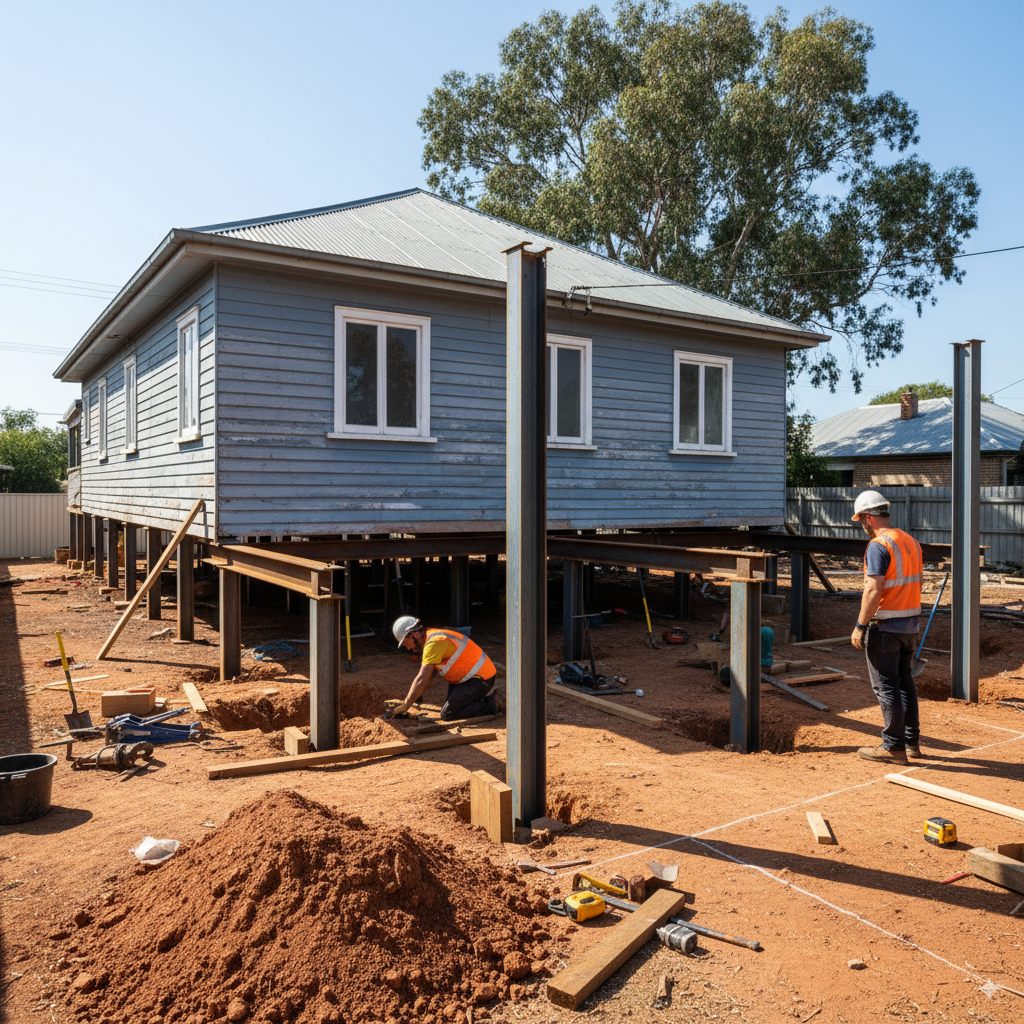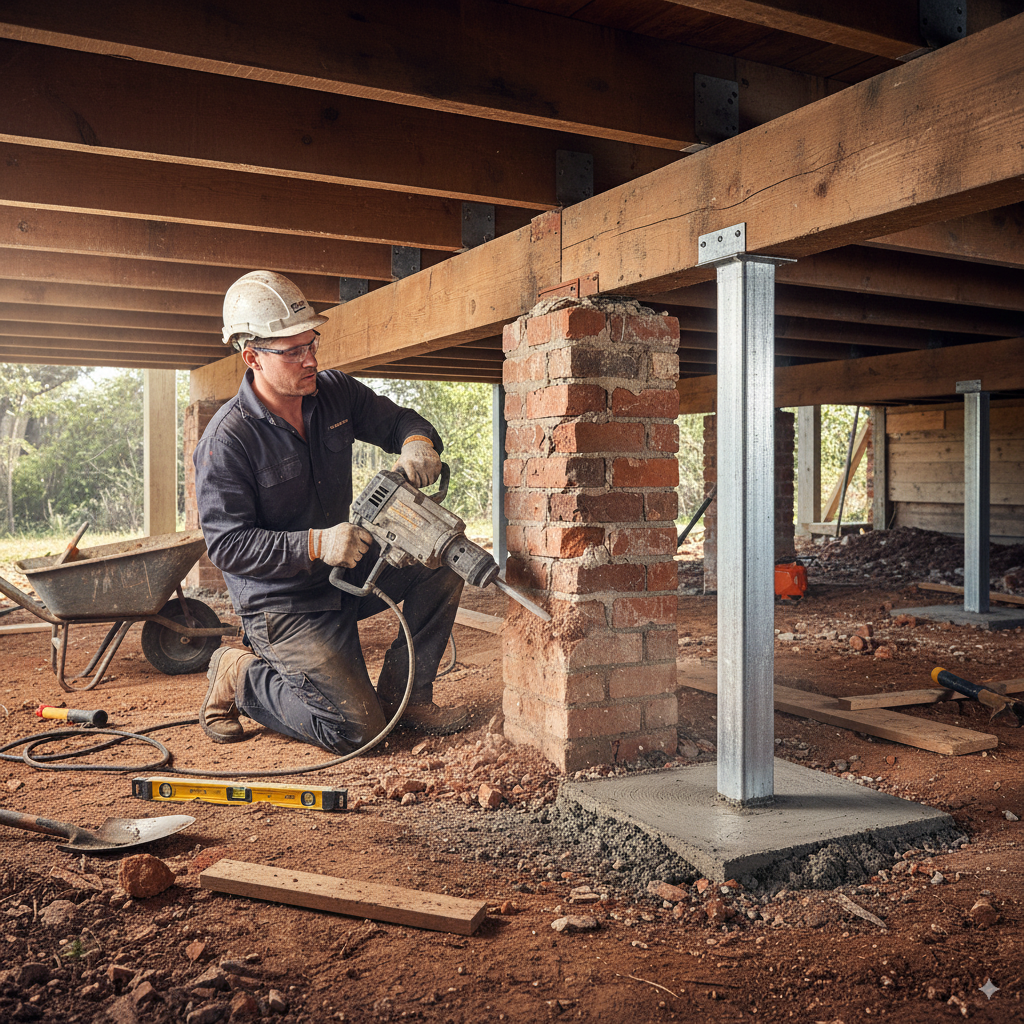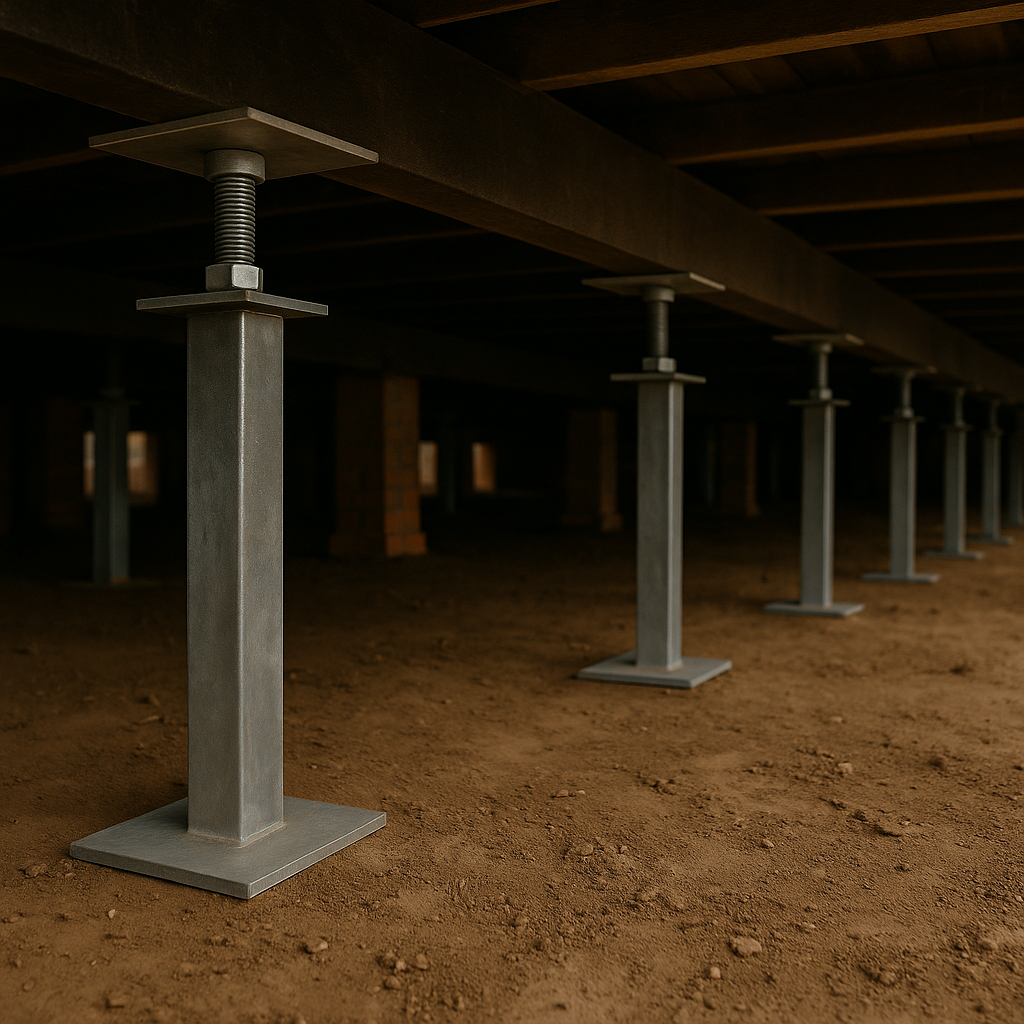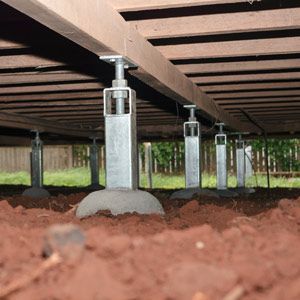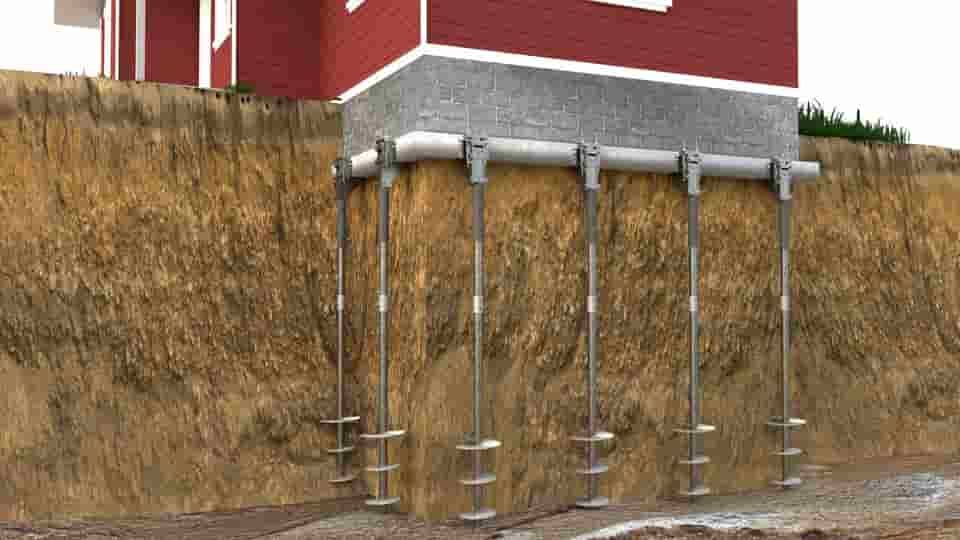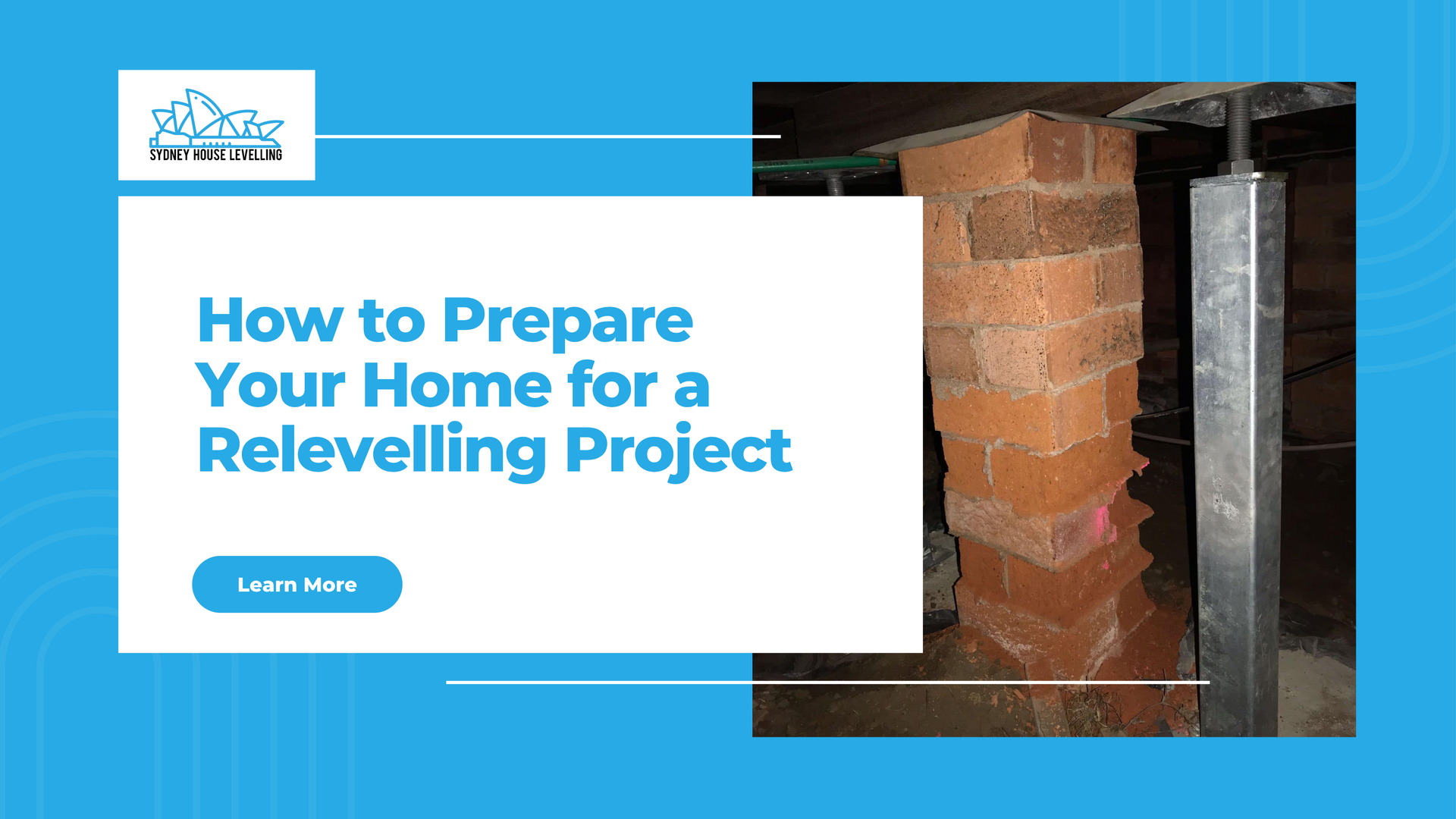Relevelling vs Renovation First – Which Comes First?
Relevelling vs Renovation First – Which Comes First?
a full extension. But there’s one big question many Sydney homeowners overlook: should you renovate first or relevel your house first?
The answer is critical. Renovating before addressing foundation or structural issues can cost you thousands down the line. At Sydney House Relevelling, we’ve seen too many cases where beautiful new finishes cracked, warped, or shifted—all because relevelling wasn’t done first.
In this guide, we’ll break down the difference between relevelling and renovating, why the order matters, and how to make the right decision for your home.
What Is House Relevelling?
House relevelling (sometimes called underpinning or restumping) is the process of correcting uneven or sinking foundations so your home sits level again. Over time, soil movement, water damage, or age can cause houses in Sydney to tilt or sag, leading to:
- Cracks in walls, ceilings, or floors
- Doors and windows sticking or misaligning
- Sloping or uneven floors
- Gaps between skirting boards and floors
- Structural instability
At Sydney House Relevelling, we specialise in stabilising homes across Sydney—ensuring your property is safe, secure, and ready for future improvements.
👉 Learn more about our house relevelling services.
Why Renovation Alone Isn’t Enough
Renovations focus on improving appearance, functionality, and lifestyle—new kitchens, bathrooms, extensions, or cosmetic upgrades. But they don’t fix underlying structural problems.
Imagine investing $50,000 in a new kitchen, only to see:
- Cabinets misaligned because the floor continues to sink
- Tiles cracking as the foundation shifts
- Freshly painted walls splitting with new cracks
Without a stable base, renovations are only temporary fixes.
Relevelling First: Benefits and Peace of Mind
Choosing relevelling before renovation delivers long-term security and better results. Here’s why:
1. Protect Your Renovation Investment
Renovations are expensive. By relevelling first, you ensure that your new finishes won’t be damaged by future structural movement.
2. Identify Underlying Issues Early
Our inspections often reveal hidden foundation problems—saving you from costly repairs after renovation.
3. Increase Property Value
A level, structurally sound home is more valuable than one with visible cracks or uneven floors. Renovators and buyers alike look for stability first.
4. Safety and Compliance
Relevelling addresses structural integrity, which is vital for compliance with building standards in NSW.
👉 Secure your investment today with a free on-site quote.
When Renovation Should Come First
There are rare cases when renovation might come first—for example:
- Minor cosmetic upgrades like painting or replacing fixtures, where structural movement won’t cause major issues.
- Temporary improvements to make a space livable until relevelling can be scheduled.
But for major renovations—kitchens, bathrooms, extensions, flooring, or wall changes—relevelling must always come first.
A Step-By-Step Approach for Homeowners
- Get a Foundation Inspection
Before planning your renovation, book a professional assessment with Sydney House Relevelling. - Relevel if Needed
If your house shows signs of sinking, shifting, or cracking, relevelling ensures stability. - Plan Renovations on a Solid Base
Once your home is secure, you can confidently invest in renovations knowing they’ll last. - Enjoy Peace of Mind
With the structural foundation sorted, every renovation adds long-term value.
Signs You Need Relevelling Before Renovation
- Cracks in brickwork, plaster, or tiles
- Doors and windows not closing properly
- Noticeable floor slope or bounce
- Gaps between skirting and flooring
- Water pooling around foundations
If you notice any of these, it’s best to address them before you spend on renovations.
👉 Contact Sydney House Relevelling to schedule your inspection.
Case Study: Renovation Gone Wrong (and How It Was Fixed)
A Sydney family invested heavily in a bathroom and kitchen renovation—only to see cracks reappear within a year. After investigation, the real issue was unstable foundations.
We were called in to relevel the home. Once the structure was secure, repairs to the damaged finishes could finally hold. Had relevelling been done first, the family would have saved thousands.
Conclusion: Relevelling Always Comes First
When it comes to protecting your home and your investment, the answer is clear: relevelling should always come before major renovations.
By stabilising your foundation first, you ensure that every dollar spent on renovation adds long-term beauty, comfort, and value to your home.
Book Your Free House Relevelling Inspection Today

